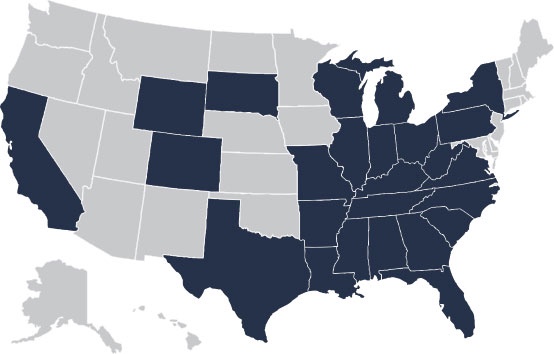Four years ago, the American Trucking Associations (ATA) — the largest national advocacy organization for the commercial trucking industry — announced a “Safety Agenda” pursuant to which it identified major safety priorities and challenged federal and state lawmakers to adopt changes making the nation’s roadways safer. Recently, the ATA weighed in on progress in enumerated safety areas for trucks.
The organization has now followed up on that initiative by issuing a comprehensive status report on what has ensued over the past several years in the wake of its recommendations.
The snapshot conclusion: Some good, some bad, some so-so.
The ATA’s focus is, as that entity puts it, the promotion of “common sense, data-supported, regulatory and legislative changes to improve the safety of our nation’s highways.”
In other words and in a nutshell, that means fewer truck accidents.
The ATA’s safety agenda identifies 20 “critical steps” that the advocacy group would like to see fully implemented in states across the country, including in Kentucky. ATA investigators have scrutinized each of these areas, looking closely at progress — or its lack — in each case.
In some areas, the ATA notes, substantial progress has been made. Named areas where that has occurred include the further development of electronic logging devices for commercial truckers in lieu of easily forged paper logs and more advocates on board for drivers’ hair testing for evidence of drug use. Progress has also been made in establishing a national registry for certified medical examiners.
In several areas, though, the ATA would like to see safety areas for trucks stepped-up and more significant progress. Those include more states’ enactment of primary seat belt laws; creation of a national clearinghouse for truckers’ alcohol and drug test results; and crashworthiness standards for commercial trucks.
The ATA also strongly favors a mandatory national speed limit of 65 miles per hour for all commercial vehicles. HLH joins the ATA in their concern for reducing serious injuries and wrongful death which can result from truck accidents, and hopes an additional focus on safety areas for trucks helps to reduce related injuries.

